Here, we will discuss the Ways to raise the pH of Your Aquarium. If you’re an aquarium owner, you may have noticed that the pH of your tank water can fluctuate over time. Although some fish can tolerate a wide range of pH levels, others are much more sensitive to environmental changes. To maintain a healthy aquarium, it’s essential to keep the pH stable.
Check How To Cure Fish Fungus (Aquarium Fish) Ultimate Treatment & Medication
Table of Contents
Important Questions About How to Raise the pH of Your Aquarium
What Is pH
pH is a measure of how acidic or basic a substance is. The pH scale goes from 0 to 14, with 0 being the most acidic, seven being neutral, and 14 being the most basic. Aquarium water typically has a pH between 6 and 8.
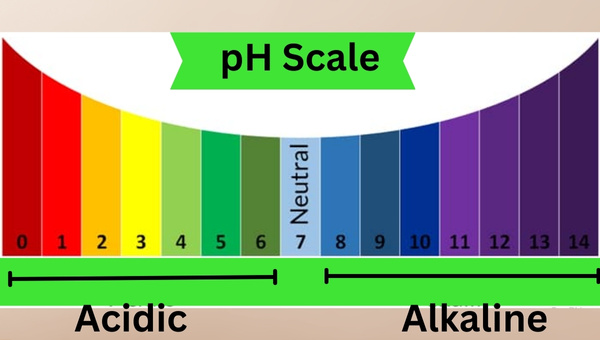
Fish that prefer waters with a high pH are known as “hard water” fish, while those that prefer lower pH levels are known as “soft water” fish. Most freshwater aquarium fish generally do best in waters with a neutral pH of 7.
Also, check 15 Best Floating Plants For Your Aquarium
Why Is It Important To Maintain A Stable pH In Your Aquarium
A fluctuating pH level can be stressful for fish and can even lead to illness or death. A sudden change in pH can also cause problems with the biological filtration in your aquarium, as the beneficial bacteria that help break down waste products are susceptible to environmental changes.
What pH Should Your Aquarium Be?
The ideal pH for your aquarium will depend on the types of fish that you keep. If you have a mixed tank with hard and soft water fish, it’s best to aim for a neutral pH of 7. If you have a tank full of one type of fish or the other, you can adjust the pH to suit their needs.
You may also check 9 Best Types of Freshwater Aquarium Catfish
What Are Some Signs That The pH In Your Aquarium Is Out Of Balance
If you notice that your fish are gasping for air at the water’s surface, this could be a sign that the pH in your aquarium is too low. Other symptoms of a pH imbalance include Rapid gill movement, lethargy, and loss of appetite.
- Lethargy: If your fish swim less than usual or seem “off,” this could be a sign that the pH in their environment is out of balance.
- Loss of appetite: A sudden decrease in appetite can also be a sign of a pH imbalance.
- Gasping for air at the water’s surface: This is a sign that the oxygen levels in the water are low, which a high pH can cause.
- Rapid gill movement: Gill tissue is susceptible to changes in pH and can be damaged by sudden shifts. If you notice your fish breathing rapidly, it’s a sign that their water is not ideal.
Also, check 31 Best Low Light Aquarium Plants
What Causes Low pH In An Aquarium
Several things can cause the pH in your aquarium to drop, including:
- Using distilled or reverse osmosis water to fill your tank.
- Evaporation of water from the surface of your tank.
- Adding fish that prefer lower pH levels to your aquarium.
- Overcrowding in your aquarium.
- Some rocks and substrates can lower the pH of your aquarium water. Be sure to do your research before adding anything to your tank.
You may also check Otocinclus Catfish Care Guide: Appearance, Lifespan, Food & Diet, Breeding & All
What Are Some Ways To Raise The pH In Your AAquarium
There are several ways to raise the pH in your aquarium, including using chemical treatments, changing how you feed your fish and adding certain types of rocks or substrates to your tank.
Chemical Treatment
One way to raise the pH of your aquarium water is to use chemical treatments. Several products available will raise the pH of your water, but it’s essential to follow the directions carefully and not overdo it.
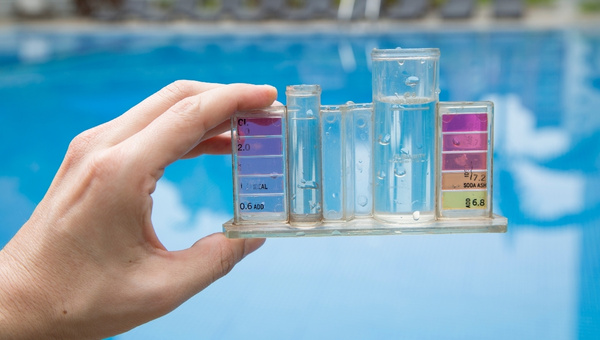
A sudden change in pH can be just as harmful to your fish as a low pH.
Also, check Panther Grouper Care Guide: Appearance, Lifespan & Coloration & Breeding
Changing The Way, You Feed Your Fish
Another way to raise the pH in your aquarium is to change how you feed your fish. Some types of food, such as bloodworms, are naturally high in pH and can help raise your water’s pH over time.
Adding Certain Types Of Rocks Or Substrates
Certain rocks and substrates can also help raise the pH of your aquarium water. Research before adding anything to your tank, as some rocks and substrates can lower the pH.
Also, check Cardinal Sulawesi Shrimp 101: Care Guide & Breeding Guide
Aerating The Water
Aerating the water can also help to raise the pH. This can be done by simply bubbling air through the water or using an aquarium aerator.
Using A Reverse Osmosis Filter
If you have a reverse osmosis filter, you can use it to raise the pH of your aquarium water. Fill your aquarium with RO water, and the pH will slowly rise.
You may also check Tomini Tang Fish Care Guide: Appearance, Breeding & All
Adding Baking Soda
Baking soda is a standard household product used to raise the pH of your aquarium water. Add one teaspoon of baking soda per gallon of water to raise the pH by 0.3. Be sure to test the pH of your water regularly and only add more baking soda if necessary.
Using A pH-Up Product
pH-up products are available at most pet stores and can raise the pH of your aquarium water. Follow the directions carefully and only add enough to raise the pH by 0.2-0.3 units at a time.
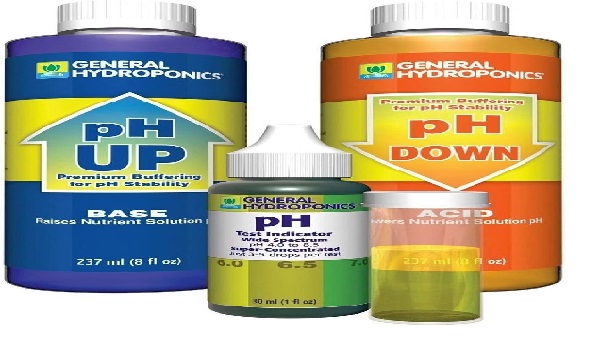
Also, check Bellus Angelfish Care: Appearance, Size, Lifespan, Diet & All
Using A Limestone Gravel
Limestone gravel is often used in aquariums to help raise the pH of the water. Be sure to rinse the gravel thoroughly before adding it to your tank, as it can contain high levels of calcium and other minerals that can harm your fish.
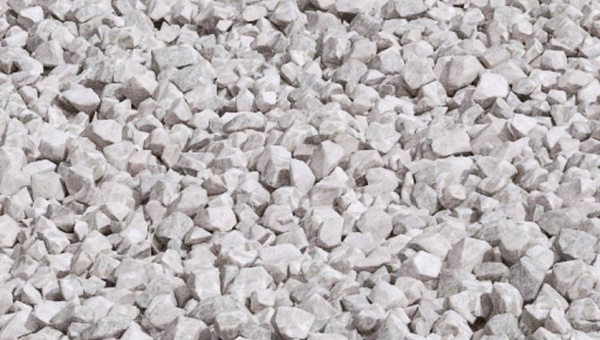
Adding Driftwood
Driftwood can also be used to raise the pH of your aquarium water. Be sure to soak the driftwood in water for a few days before adding it to your tank, as it can release tannins that can lower the pH of your water.

Also, check Sand Sifting Starfish 101: Care, Appearance, Lifespan, Diet & All
Using A pH Buffer
pH buffers are available at most pet stores and can be used to raise the pH of your aquarium water. Follow the directions carefully and only add enough to raise the pH by 0.2-0.3 units at a time.
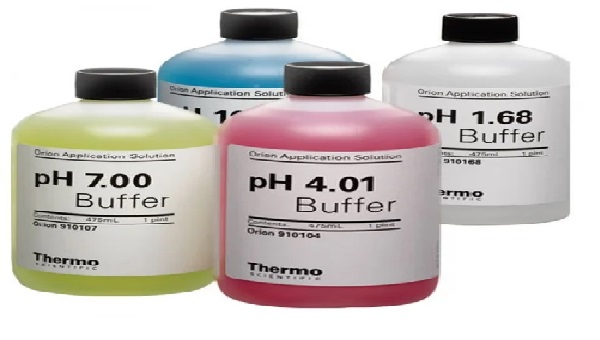
Raising the pH in your aquarium can be challenging, but it’s essential to do if you want to create a healthy environment for your fish. Following these tips can help ensure your fish are happy and healthy.
Also, check Rosy Barb 101: Care, Species, Appearance, Tankmates, Habitat & All
Conclusion
There are several ways to raise the pH in your aquarium, including using chemical treatments, changing how you feed your fish and adding certain types of rocks or substrates to your tank. Following these tips can help ensure your fish are happy and healthy.



